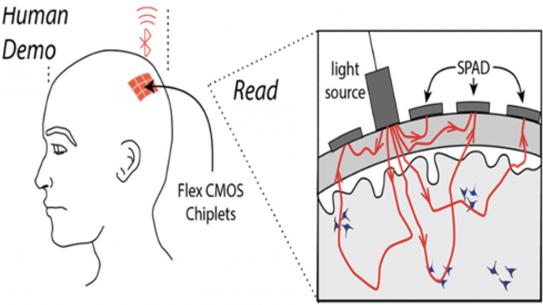Modeling of Light Propagation and Image Formation in Human Tissue: From Breast Cancer Detection to Reading the Human Mind

Speaker:
Hyun K. Kim, PhD
Associate Professor of Radiology
Research Professor of Biomedical Engineering
Columbia University / NYU - Tandon
Abstract:
Diffuse optical tomography (DOT) has emerged as a viable imaging modality that uses low-energy light (typically in visible and near infrared range) to probe biological tissues. This technique provides a three-dimensional image of physiologically important biomarkers such as oxyhemoglobin (HbO2), deoxyhemoglobin (Hb), water (H2O), lipid, and scattering coefficients inside tissue. This information can be used to detect various diseases (including cancerous tumor) at their early stage before macroscopic symptoms appear. Furthermore, optical methods are safer, relatively inexpensive and offer typically higher sensitivity as compared to other traditional imaging modalities such as MRI, X-ray, SPECT, and PET. Due to these distinct advantages, DOT techniques have gained an increasing prominence in biomedical science, diagnostics, treatment monitoring, and therapy. A few examples are breast cancer imaging, joints disease imaging, imaging of peripheral arterial disease (PAD), functional brain imaging, and preclinical studies with small animals, to name a few. All these methods and applications rely upon models of light propagation that allows to simulate various light-tissue interactions. For example, to image breast cancer one needs to understand where light goes, how it is absorbed and scattered, and how measured intensities on the surface can be converted into images.
This talk will focus on the underlying physics and computational modeling of DOT together with state-of-art image reconstruction methods. Some examples of practical DOT applications will be given that include rheumatoid arthritis, breast cancer, and peripheral arterial disease. Furthermore, we discuss recent developments in forward and inverse modeling of light-tissue interactions with brain neural activities, from the ongoing project “Magnetic Optical Acoustic Neural Access (MOANA): READ and WRITE” funded by the Department of Defense (DoD).


